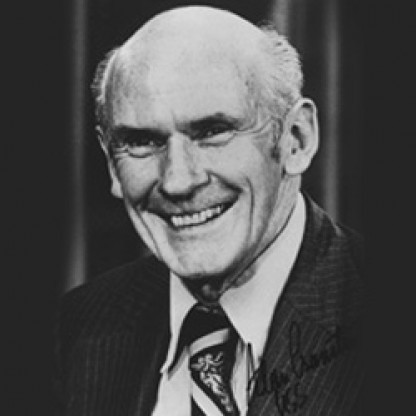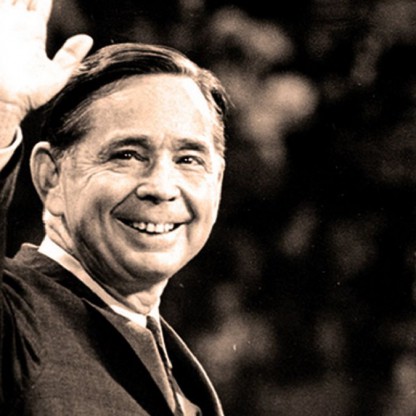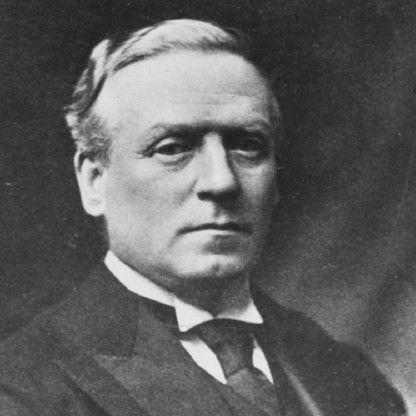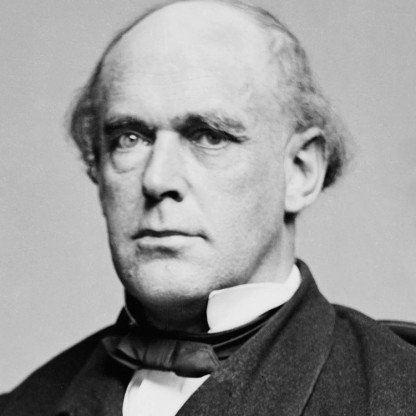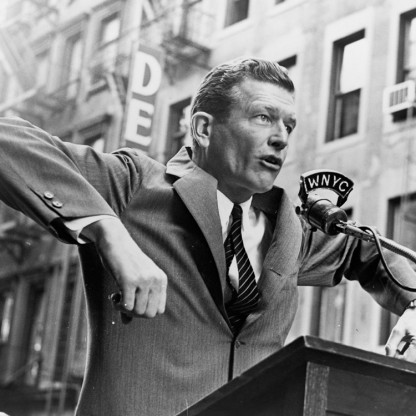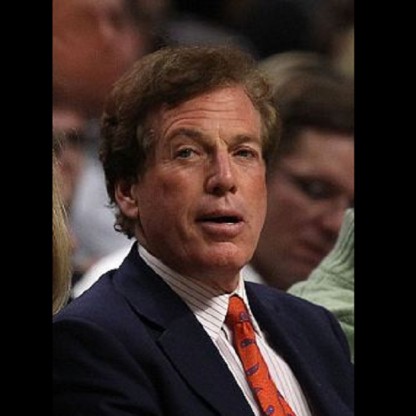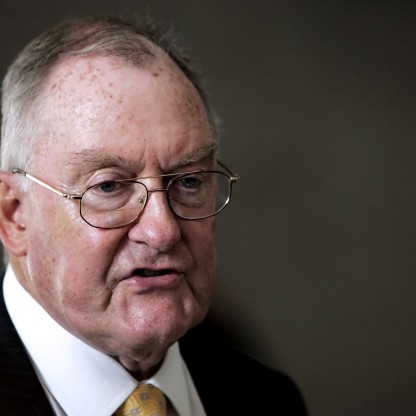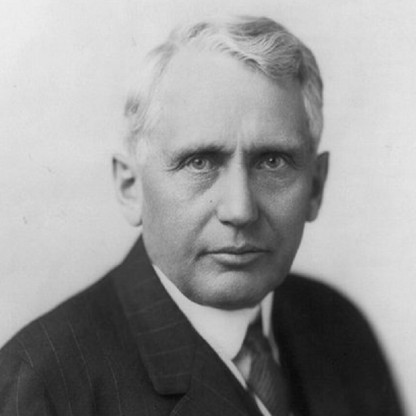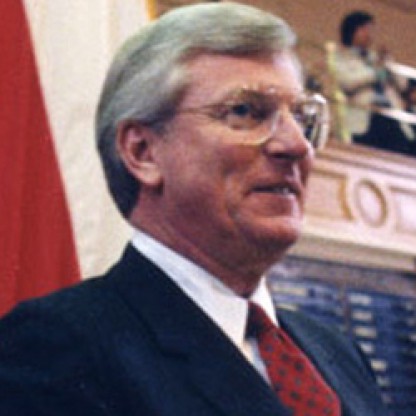David Isaac Dobnievski, known to history as David Dubinsky, was born February 22, 1892 in Brest-Litovsk (currently Brest in Belarus), the youngest of five boys and three girls. Dubinsky and his family moved to Łódź, Poland, shortly before he turned three. David's father Bezalel Dobnievski, a religious Jew, owned a bakery, but limited himself to administrative tasks related to the enterprise. David's mother Shaina Wyshengrad died when he was eight, with his father remarrying a year and a half later. David worked from early childhood delivering bread from his father's bakery to local shops, while attending a Hebrew school, where he studied Polish, Russian, and Yiddish. He was later forced to leave a semi-private school he attended to take work in his father's bakery to replace a brother who had left abruptly.
